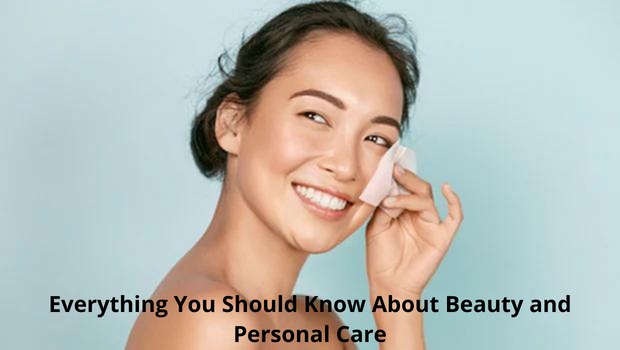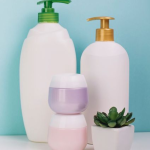Beauty and personal care products are used by millions of people every day. They’re a billion-dollar industry, and they’re only getting bigger. But do you know what’s in them? We’ve compiled this guide to answer your questions about beauty and personal care products, including their ingredients, current regulation, surveillance methods and more!
Who uses them?
People of all ages use cosmetics, but the number of users is highest among women aged 18-24. According to a 2015 report from Mintel, nearly two-thirds (63%) of women in this age group reported using at least one type of makeup product in the past year ― with eyeliner being their favourite.
By comparison, just over half (52%) of men used any form of personal care product during the same time period. Men are more likely than women to wear cologne or aftershave daily ― 52% versus 40%, respectively ― while only 19% do so on a weekly basis.
What’s in them?
The ingredients in a beauty product are listed on the label, and you’re probably familiar with seeing lists of unfamiliar chemicals that sound like they belong in science class. But fear not! The ingredient list is actually pretty easy to navigate and understand.
You can find ingredients listed in order of concentration, which means the first ingredient is the most concentrated. For example, if you see water listed first, that means there is more water than any other ingredient present (in this case probably less than 5%). If you see a lot of oils or waxes at the top of your list, then those are likely what give your lip gloss its texture—and they’re also ones that may cause sensitivity.
Current regulation.
You may be wondering whether or not the FDA regulates personal care products. The answer is yes, but to a limited degree. Manufacturers are only required to ensure that their products are safe before they’re sold and they don’t need any approval from the agency before introducing a product. But once it’s on the market, the FDA can remove it if it finds any safety concerns—and this has happened with an estimated one-third of all cosmetic products that made it into stores between 2004 and 2013.
For example: if you look at your favourite shampoo bottle, you’ll likely see something along these lines: “Contains Fragrance.” But if you wanted details about which chemicals were used for that fragrance—and why—you would have no way of knowing unless the manufacturer chose to put out those details willingly.
Animal testing.
The European Union banned animal testing in 2013, and the United States followed suit shortly after. Since then, there has been a lot of controversy over whether or not companies that sell products within the EU are still allowed to conduct animal testing on their products sold elsewhere.
Conclusion
In addition to the benefits we’ve outlined above, beauty and personal care products have the potential to cause harm. Like most consumer products, they can be misused or overused by their users. The chemicals they contain can easily get into our bodies if they aren’t properly formulated or stored away from children. And there are still a lot of questions about how exactly these products affect us over time—especially when used regularly in high concentrations like those found in some shampoos or soaps. I’m here if you need more information on beauty and personal care.



